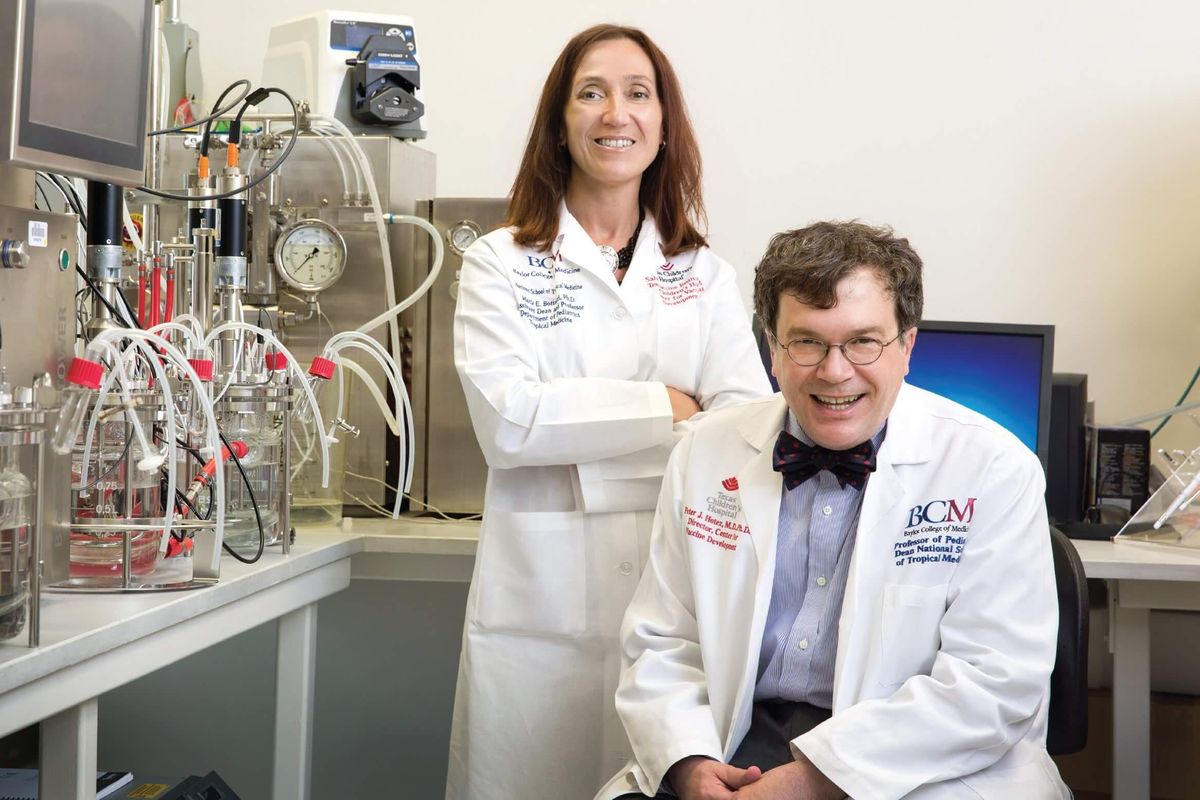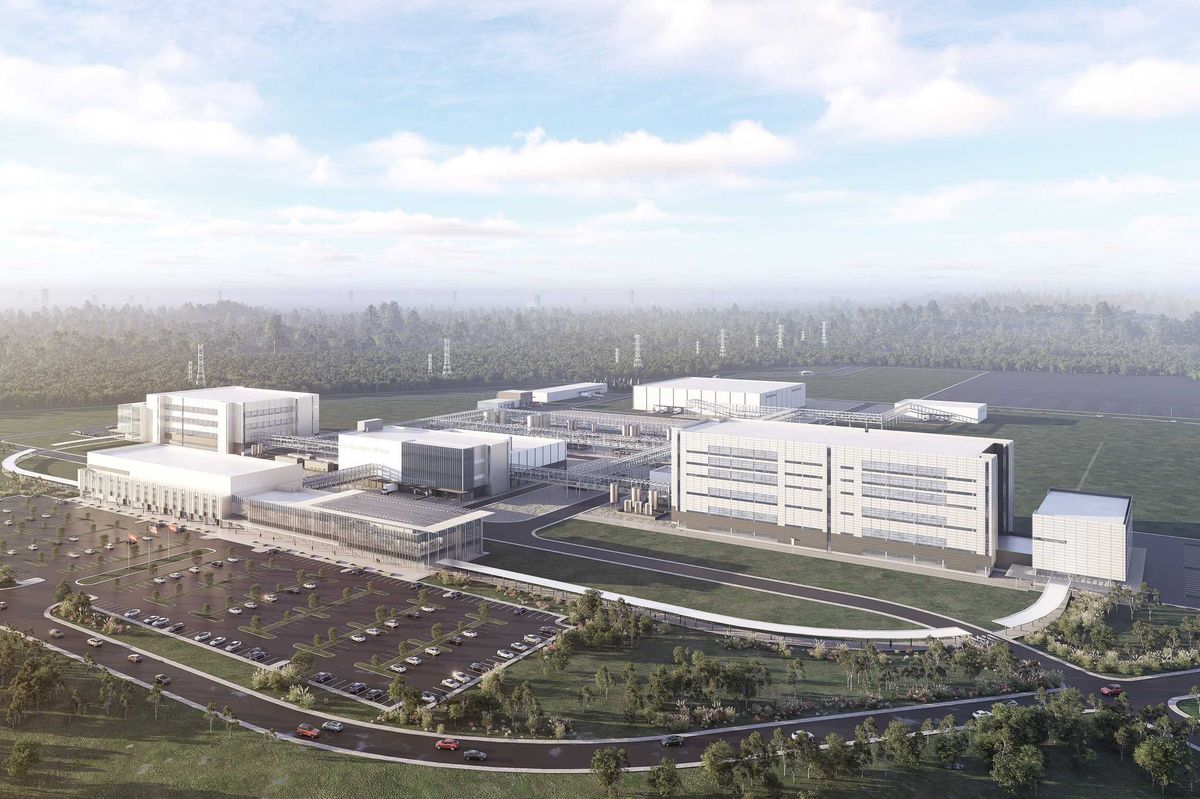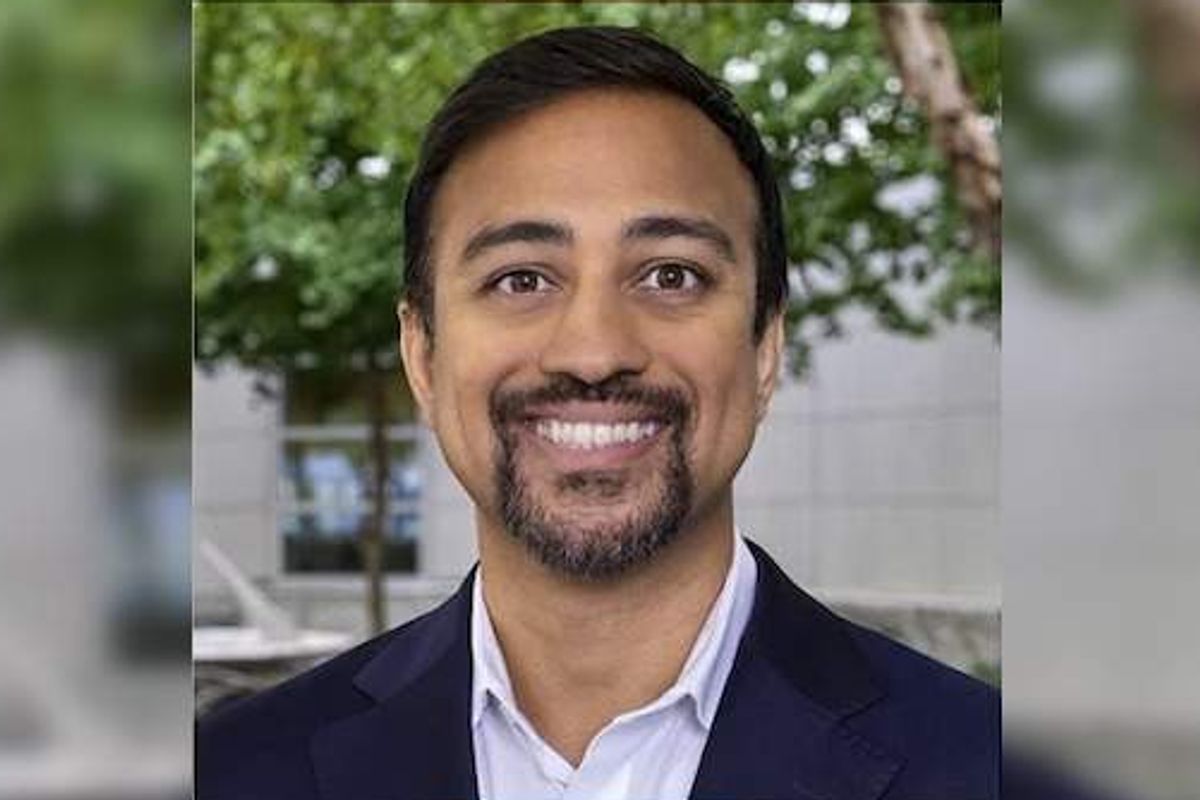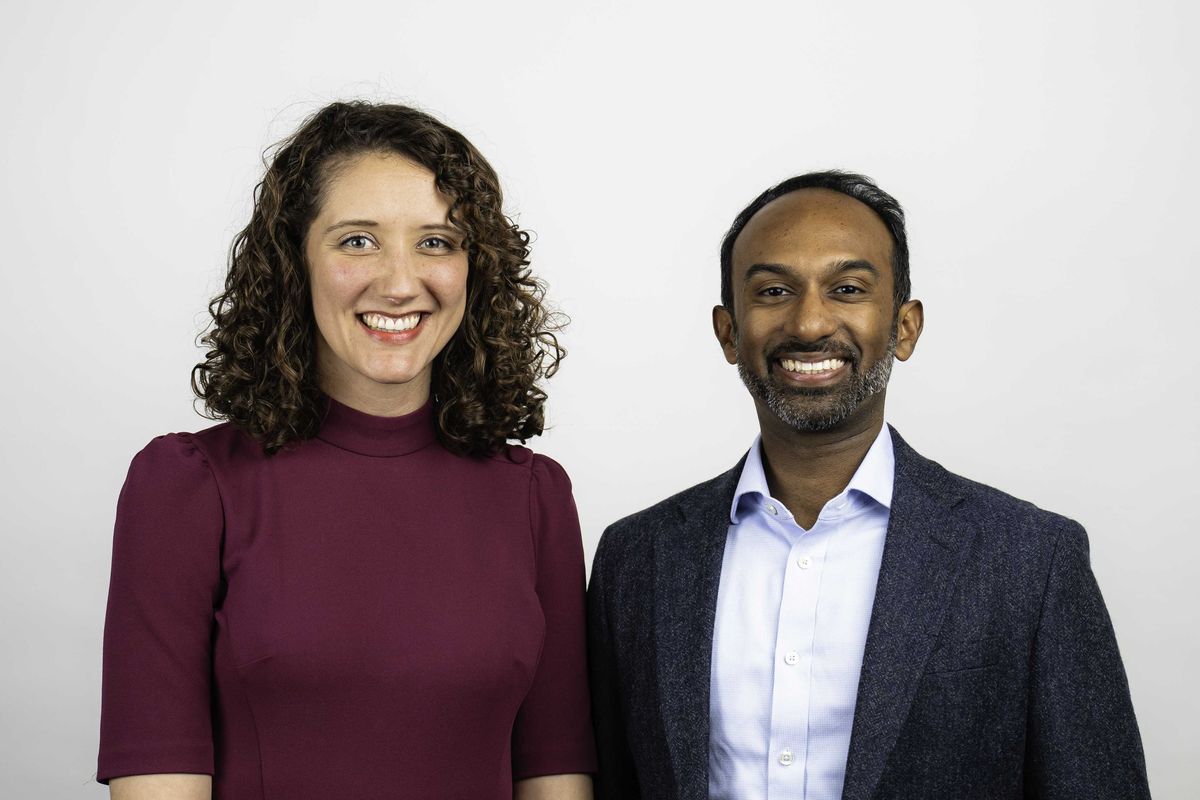Dow aims to power Texas manufacturing complex with next-gen nuclear reactors
clean energy
Dow, a major producer of chemicals and plastics, wants to use next-generation nuclear reactors for clean power and steam at a Texas manufacturing complex instead of natural gas.
Dow's subsidiary, Long Mott Energy, applied Monday to the U.S. Nuclear Regulatory Commission for a construction permit. It said the project with X-energy, an advanced nuclear reactor and fuel company, would nearly eliminate the emissions associated with power and steam generation at its plant in Seadrift, Texas, avoiding roughly 500,000 metric tons of planet-warming greenhouse gas emissions annually.
If built and operated as planned, it would be the first U.S. commercial advanced nuclear power plant for an industrial site, according to the NRC.
For many, nuclear power is emerging as an answer to meet a soaring demand for electricity nationwide, driven by the expansion of data centers and artificial intelligence, manufacturing and electrification, and to stave off the worst effects of a warming planet. However, there are safety and security concerns, the Union of Concerned Scientists cautions. The question of how to store hazardous nuclear waste in the U.S. is unresolved, too.
Dow wants four of X-energy's advanced small modular reactors, the Xe-100. Combined, those could supply up to 320 megawatts of electricity or 800 megawatts of thermal power. X-energy CEO J. Clay Sell said the project would demonstrate how new nuclear technology can meet the massive growth in electricity demand.
The Seadrift manufacturing complex, at about 4,700 acres, has eight production plants owned by Dow and one owned by Braskem. There, Dow makes plastics for a variety of uses including food and beverage packaging and wire and cable insulation, as well as glycols for antifreeze, polyester fabrics and bottles, and oxide derivatives for health and beauty products.
Edward Stones, the business vice president of energy and climate at Dow, said submitting the permit application is an important next step in expanding access to safe, clean, reliable, cost-competitive nuclear energy in the United States. The project is supported by the Department of Energy’s Advanced Reactor Demonstration Program.
The NRC expects the review to take three years or less. If a permit is issued, construction could begin at the end of this decade, so the reactors would be ready early in the 2030s, as the natural gas-fired equipment is retired.
A total of four applicants have asked the NRC for construction permits for advanced nuclear reactors. The NRC issued a permit to Abilene Christian University for a research reactor and to Kairos Power for one reactor and two reactor test versions of that company's design. It's reviewing an application by Bill Gates and his energy company, TerraPower, to build an advanced reactor in Wyoming.
X-energy is also collaborating with Amazon to bring more than 5 gigawatts of new nuclear power projects online across the United States by 2039, beginning in Washington state. Amazon and other tech giants have committed to using renewable energy to meet the surging demand from data centers and artificial intelligence and address climate change.
---
This story appeared on our sister site, EnergyCapitalHTX.com.

















